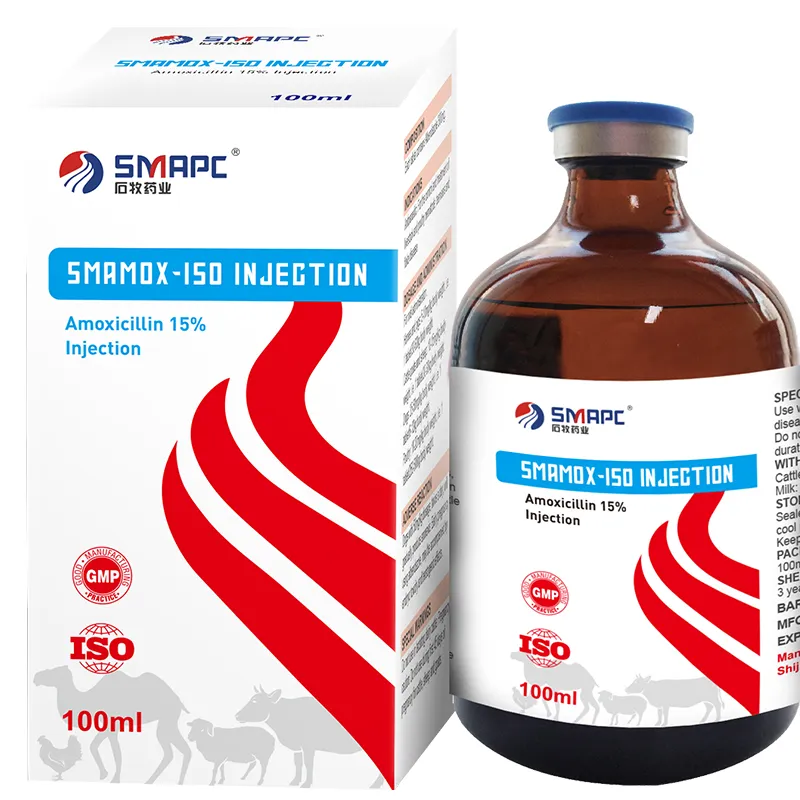4. Aids in Bone and Joint Health Vitamins like D and minerals such as calcium and phosphorus are essential for strong bones and joints. This is especially beneficial for older cats, who may be more prone to arthritis and other joint issues.
cat multi vitamin



